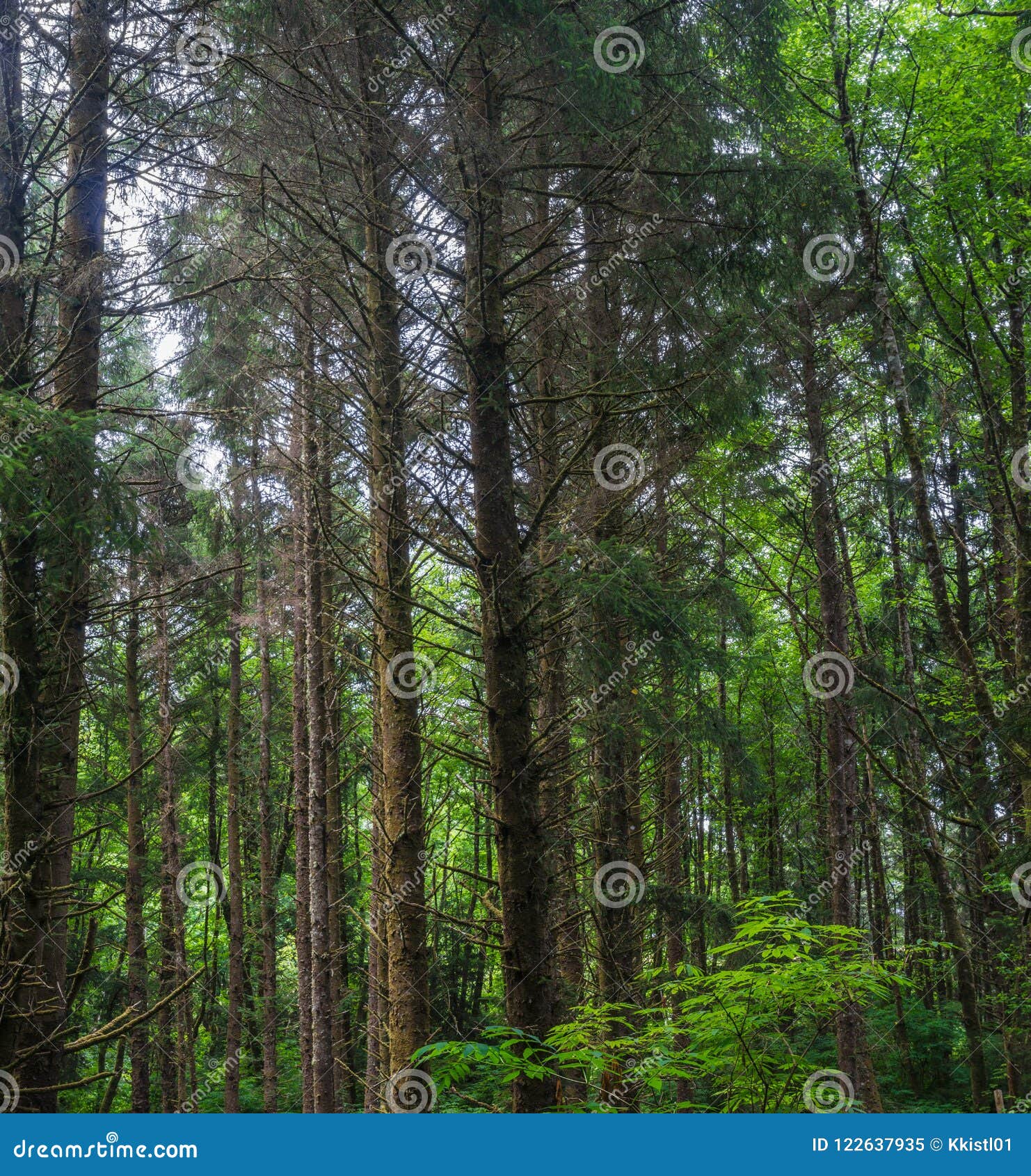

The large size attained by conifers provides a buffer against environmental stress (especially for nutrients and moisture). This concise interactive atlas is a visual guide to the geographical distribution of native trees in the Pacific Northwest. Evergreen trees are special because they do not lose their needles during the fall. Groundcovers will vary depending on amount of sunlight and moisture. Most nutrients needed are also less available at this time. Trees of Washingtons Forests The forests of the Pacific Northwest contain more evergreens than almost anywhere in the United States. Western Hemlock-Douglas Fir Forest The most common plant community in the Pacific Northwest is dominated by large conifers, with a wide range of trees, shrubs and groundcovers as understory plants. Their photosynthesis is predominantly limited to the growing season when evaporative demand is high and water is often limiting. Its the perfect app for your walks, hikes, vacations, backyard musings, and for teachers and students at every level. Deciduous hardwoods are repeatedly at a disadvantage in competing with conifers in the regional climate. Trees PNW is a friendly guide to trees of the Pacific Northwest. High evaporative demand during the warm, dry summer reduces photosynthesis. Photosynthesis and nutrient uptake and storage are possible during the relatively warm, wet fall and winter months. Large trees with evergreen needle- or scale-like leaves have distinct advantages under the current climatic regime. The region's forests escaped decimation during Pleistocene glaciation they are now dominated by a few broadly distributed and well-adapted conifers that grow to large size and great age. The massive, evergreen coniferous forests in the Pacific Northwest are unique among temperate forest regions of the world.


 0 kommentar(er)
0 kommentar(er)
